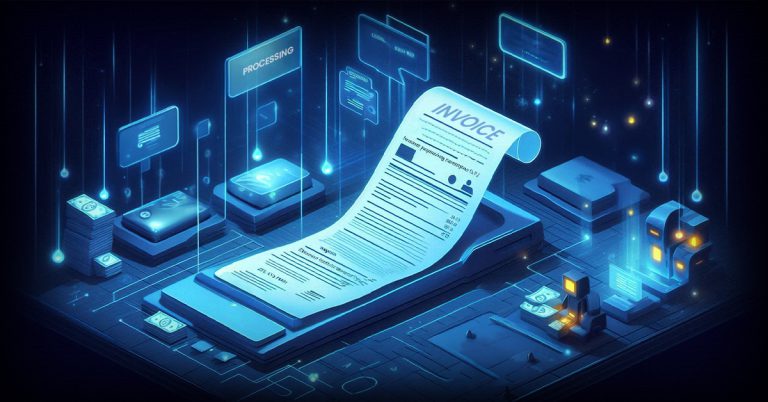With historically low rates giving rise to a refinance boom and huge demand for homes, several mortgage professionals saw 2020 as their best year. Home prices are growing at their maximum pace since 1991. As per data from the National Association of Realtors, millennials’ share of mortgages recently surpassed 50% for the first time ever. Mortgage applications jumped 50% this year to their highest levels since 2005.
Mentioning that the mortgage industry is seeing its strongest year in originations since 2003, Joel Kan, MBA’s associate vice president of economic and industry forecasting had said, “Housing demand remains strong, and despite extremely tight inventory and rising prices, home sales are running at their strongest pace in over a decade.”
Overall, 2020 is leaving back some key learnings for the mortgage industry that will help lay down the strategy for 2021.
Remote Working: The New Normal
In the early days of the pandemic, working from home began as a necessity in most industries including the mortgage. As months passed by, it became apparent that companies and employees had taken to the remote working ecosystem rather well which meant that the WFH situation is likely to stay on in the near future as well.
Nonetheless, there were myriad teething problems for the initial remote working environment, especially for industries like a mortgage. Staff shortage became an issue and productivity took a hit as infrastructure in office space could not be easily replicated to suit remote working situations. This was also the time when refinance volumes went up while the number of calls from panicked customers asking for forbearance spiked up majorly. Lenders realized the value of a strong infrastructure that could handle contingency situations like these. The coming year will see more mortgage servicers and lenders investing in setups, technologies, and solutions that will enable employees to continue working irrespective of their geographical locations.
Improving Customer Experience
Lenders understood the importance of offering a differentiated customer experience by using the right kind of technology in 2020. Technologies like Artificial Intelligence (AI), Machine Learning (ML), chatbots, etc played a vital role in allowing customers to help themselves during the time when staff could not be deployed personally due to high work volumes.
Also, the immense amount of paperwork that led to complexities and delays in the mortgage process could be avoided using suitable digital tools. Lenders also recognized the need for digitizing the end-to-end loan experience – from home buying to closing to servicing. The technology was utilized to help resolve many issues by leveraging digital origination and servicing along with smart self-service tools to attend to customer requests.
This trend will continue even in the coming year as customer expectations will grow and lenders will increasingly feel the need to improve interactions with them to remain competitive. More and more lenders and servicers will have to start digitizing their processes to help enhance the customer experience.
Accelerating Loan Onboarding Process
Another payback of digitization during this time was faster loan onboarding. On average, there are more than 25 types of documents that are involved in the retail mortgage loan origination process. Dealing with a host of different documents in large volumes manually is a burdensome process prone to human errors. Besides, due to the complexity of the documents and processes, almost 60% of the staff time is spent on manual operations.
Bringing in automated document processing has helped lenders reduce mundane processing tasks and redistribute their staff towards more value-based business work. Digitization has also brought in more precision and greater control on tracking the performance of the loan. Of course, eschewing paper documentation for a complete digital loan origination will take a few years for the mortgage industry. However, moving forward, it will be imperative to set aside budgets for the right kind of technology to speed up the loan onboarding process.
More Dependency on ODCs
Before the pandemic, lenders were engaging with third-party vendors for various aspects of the mortgage process. However, some of the vendors closed down unable to withstand the tough times.
So, more lenders leaned towards and benefited from domain-sensitized ODCs. ODCs spread across locations provided a great support system for clients during the pandemic. They acted as virtual extensions of the client’s operating environment bringing in accountability and transparency. In the coming year too, it will help lenders to consider allocating resources for domain-sensitized ODCs that offer specially designed industry-specific solutions and can offer support during tough times.
How 2020’s Introspection can help 2021’s Budgeting Strategy
In 2021, the rates are expected to stay low. Lenders will have to invest in robust technology to meet the rise in mortgage activity and keep frauds at bay while reducing risk. Joining hands with a strong partner will help gain digital and operational capabilities. Investing in strong ODC setups that hand-hold clients to improve their business performance will become a necessity.






